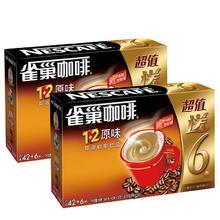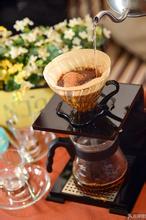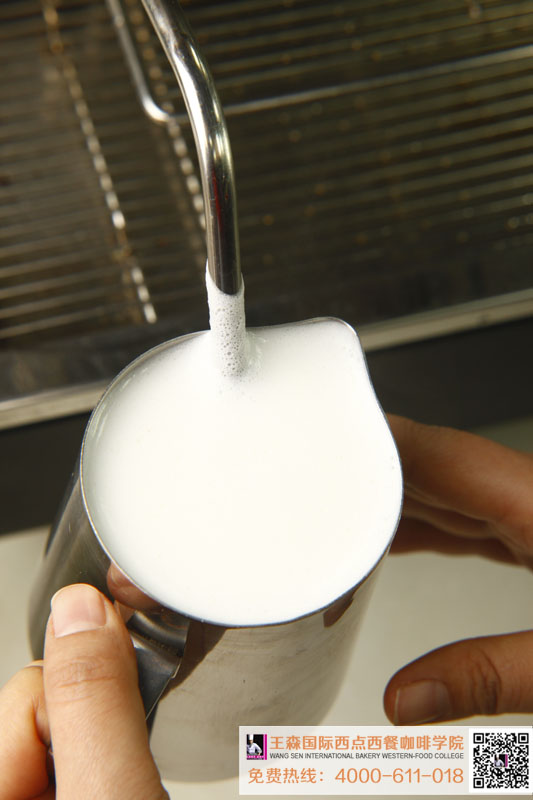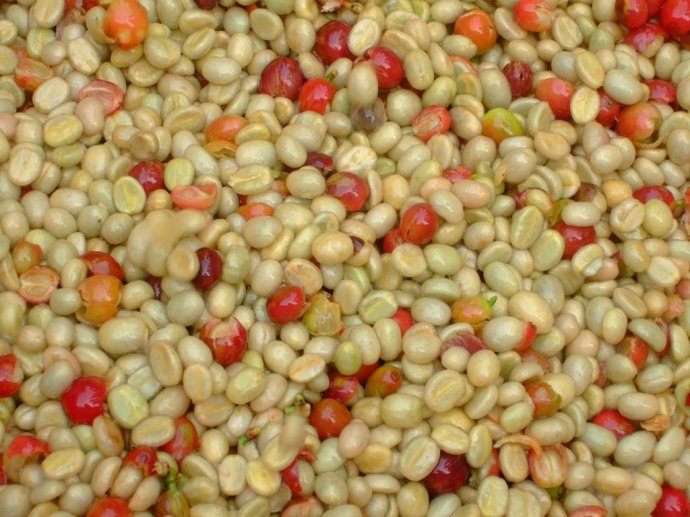Analysis of three Coffee Trends in the World knowledge of instant coffee, Starbucks coffee and boutique coffee
From instant drinking to sitting in a coffee shop to hand brewing, this is the love process between most coffee lovers and coffee. Importantly, this is also a true portrayal of the three waves of coffee. When you drink coffee, you have to know its history.

The first wave of coffee sprang up from instant coffee, represented by "Nestle" and "Maxwell". "delicious" and "Didi fragrance" are almost the opening remarks of coffee enlightenment education in the mainland. At that time, Chinese people involved in coffee were resistant to black coffee, which was popular in Europe and the United States. As a result, Nestl é launched 12 mixed coffee to eliminate bitterness, and demonstrated the method of blending in advertisements. In the sweet taste of the cream companion, the Chinese coffee journey begins.
It not only promotes the Chinese people's familiarity and understanding of the word coffee, but also buries a lot of hidden trouble. in the impression of most Chinese people, coffee is "Nestle", coffee is "bitter", and coffee should be mixed with "partner".
The second wave of coffee is gradually driven by Italian coffee represented by Starbucks and Costa in Europe and the United States after instant coffee. In China, the second wave of coffee is on the basis of the first wave of coffee, with the gradual improvement of people's awareness of coffee, resulting in a conceptual cafe that mimics the rise of the second wave of coffee in Europe and the United States.

At the same time, the coffee shop model represented by Starbucks has also begun to develop and expand in China, and the "third space" built by Starbucks in the world has become the reason for people to be infatuated with it. "in such a space, people's relationships are free and equal, without a sense of hierarchy in the workplace and without the shackles of various roles in the family, people can release themselves." Compared with the previous small cafes, Starbucks has built a perfect social and identity space. For the first batch of senior white-collar workers who patronize Starbucks, Starbucks has become "standard" for some kind of identity: high-income, tasteful and in line with international standards. Considering that Chinese people like hot food, each store also has an oven, which makes Chinese customers who are used to drinking coffee in the afternoon or evening begin to patronize frequently in the morning. Of course, it cannot be denied that the people-friendly concept of the second wave of cafes has indeed led to Chinese recognition and intimacy of coffee, and greatly enhanced the cultural heritage and national taste of a city.
The third wave of coffee can be said to be a revolution. It is precisely because the market is now flooded with a large number of products that fail to restore the quality of coffee, confusing the public's correct understanding of coffee, there has emerged a group of advocates who really love fine coffee, who insist on providing fine coffee, spread authentic coffee culture, have exclusive cultural meaning, and provide coffee directly from the country of origin, as well as its own culture and technology. This kind of coffee shop, whether from the source of raw beans, roasting of coffee beans, the production of coffee, and even the selection of coffee cups have strict norms, the purpose is to return coffee to the true quality. Such cafes tend to have a deep attachment and understanding of boutique coffee and master skills and knowledge including coffee bean roasting, coffee tasting, and coffee making. It should be noted here that tasting coffee requires artistic feelings, but making coffee requires rigorous scientific methods, including the shelf life of coffee beans, the water temperature of brewing coffee, the way and time of water injection, and so on, often accurate to 1 degree Celsius and a few seconds.

What is gratifying is that now more and more people begin to accept drinking drip-filtered coffee without sugar and milk to taste the pure flavor of the coffee beans themselves. I believe that under the advocacy of the supporters of the third wave of coffee, there will be more boutique coffee and cafes in the Chinese market, and more and more people will taste the real taste of coffee and experience the wonderful feeling that coffee brings to us!
Source:
Bonavita's blog in China
Important Notice :
前街咖啡 FrontStreet Coffee has moved to new addredd:
FrontStreet Coffee Address: 315,Donghua East Road,GuangZhou
Tel:020 38364473
- Prev

How to make a good coffee latte and foam
Have you ever had such a cappuccino? It looks like a cup of art and tastes silky? I hope you have, because that's what a cappuccino is all about. If you've ever had a cappuccino like this, I think you'll probably agree with me: it's hard to drink any more bubbly, fluffy cappuccinos. So what makes a real card?
- Next

The treatment method of Coffee Fruit after picking to Raw Bean introduction of semi-washing exquisite treatment of Coffee Bean
Semi-washing type is a mixture of drying type and water washing type, and it is also a compromise between the two. The practice is to wash the coffee beans in water, remove all the pulp of the coffee with a machine, dry it in the sun, and end it in use. What is different from the water washing refining method is that in this process, the coffee fruit is put into the fermentation tank, and the quality is more stable than the dry one. BA
Related
- What is the meaning of lactic acid fermentation with coffee bean treatment?
- How to judge the state of foam by sound?
- How does the latte pull out the unicorn pattern? Come to get for a little trick to improve the flower pull!
- Will flower pulling affect the taste of the latte?
- Do you know the history of coffee?
- The difference between honey treatment and sun washing what is raisin honey treatment?
- What kind of milk can a novice use to make coffee foam to keep the foam longer? The correct method and skills of milking tutorial sharing
- Why do washed coffee beans taste sour? Flavor characteristics of washed Coffee
- Introduction to the skill of how to practice the size and height of water injection around the circle of hand-brewed coffee
- How do beginners practice coffee flower drawing from scratch?

